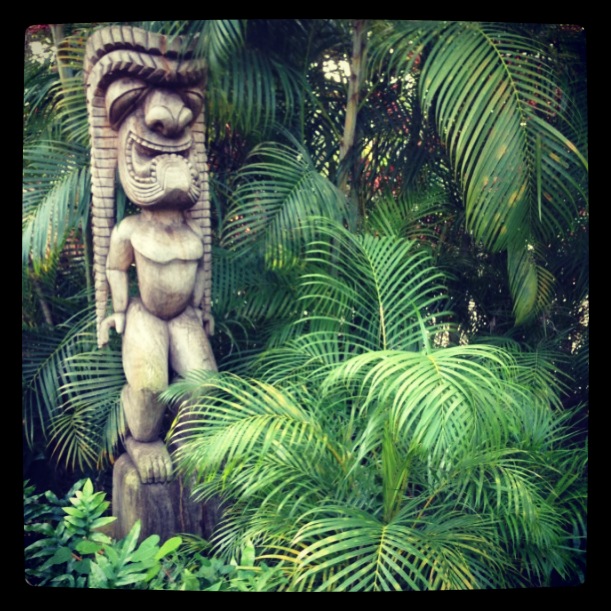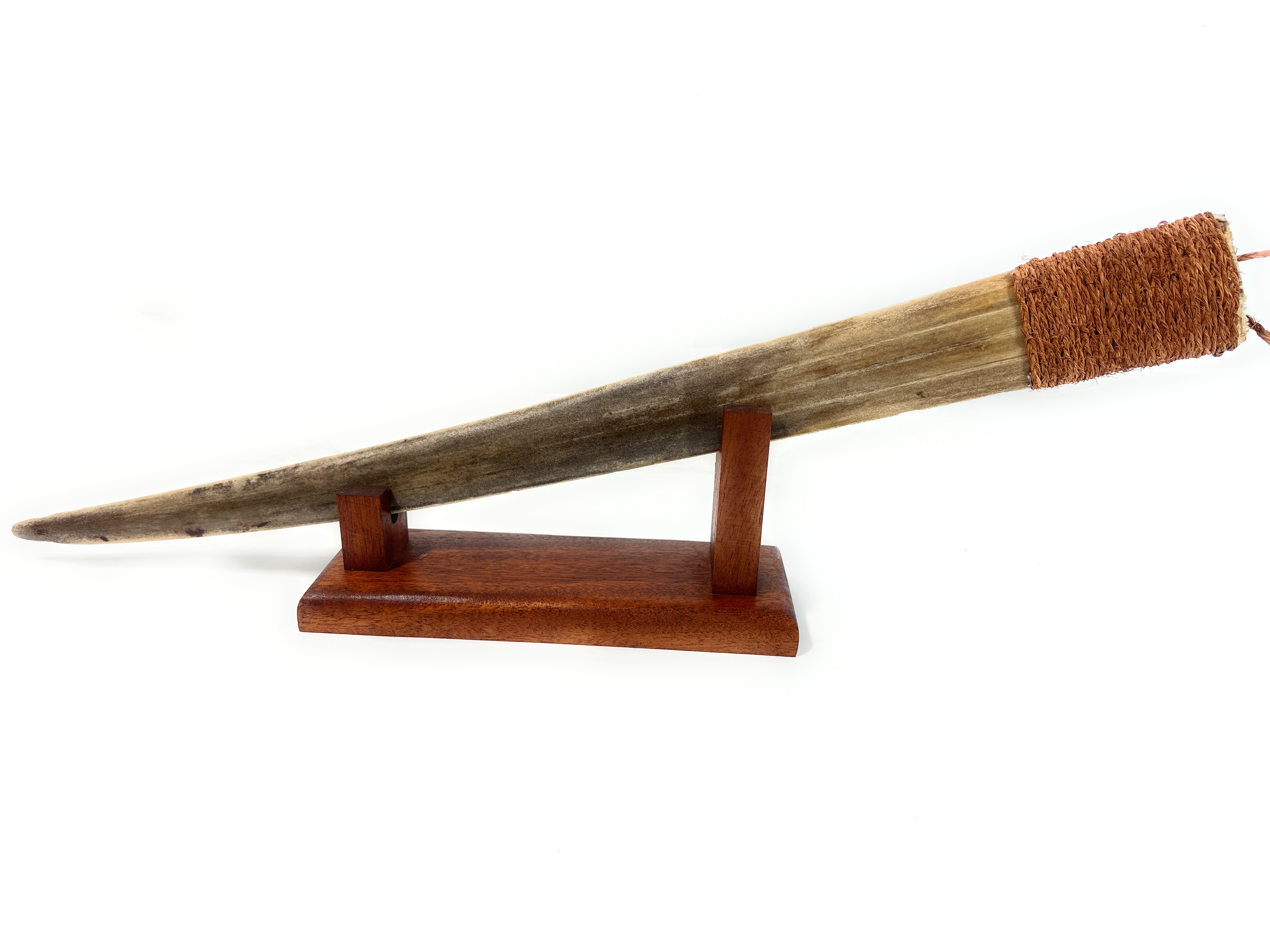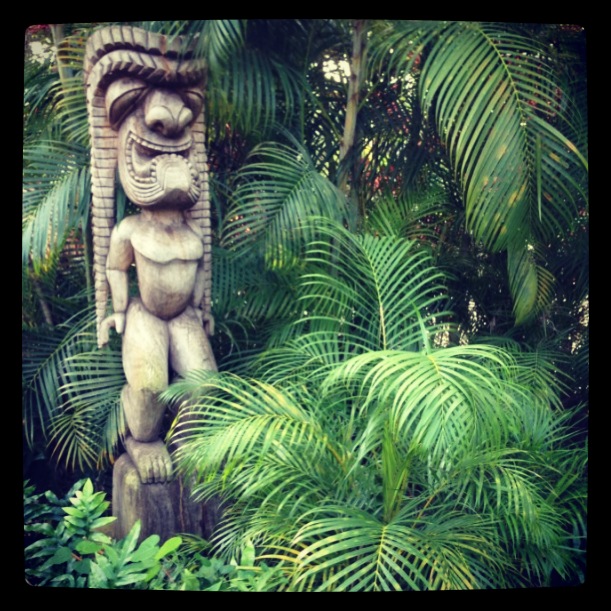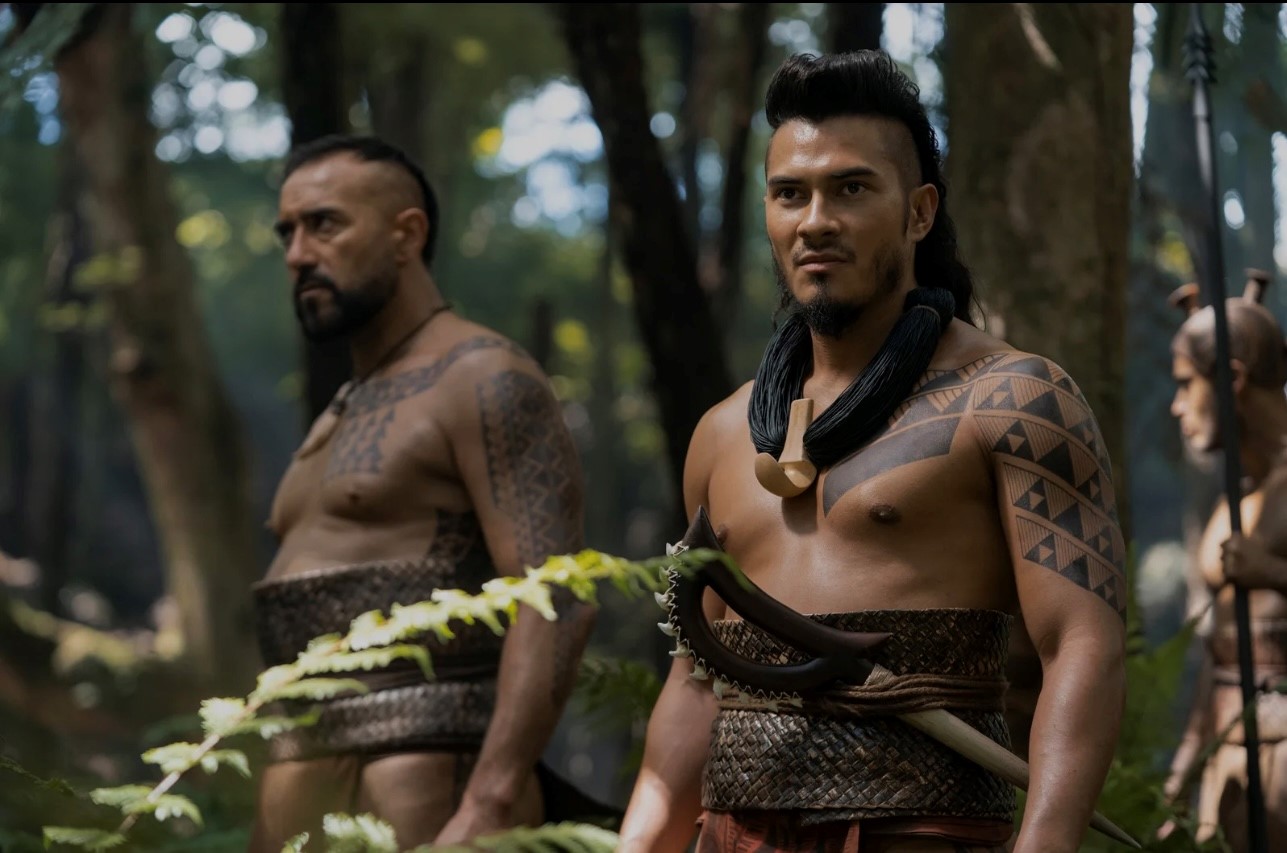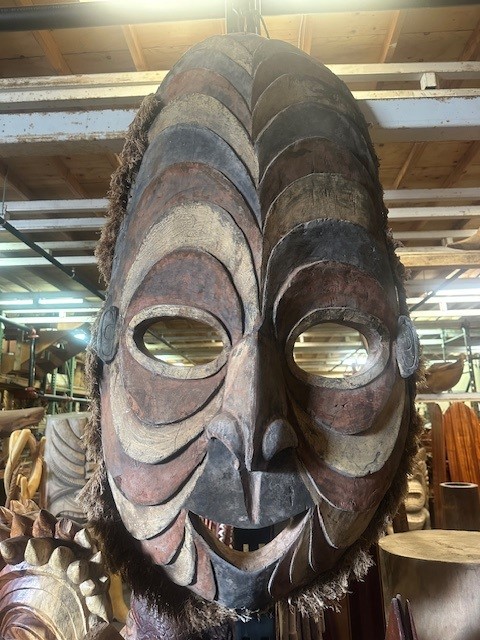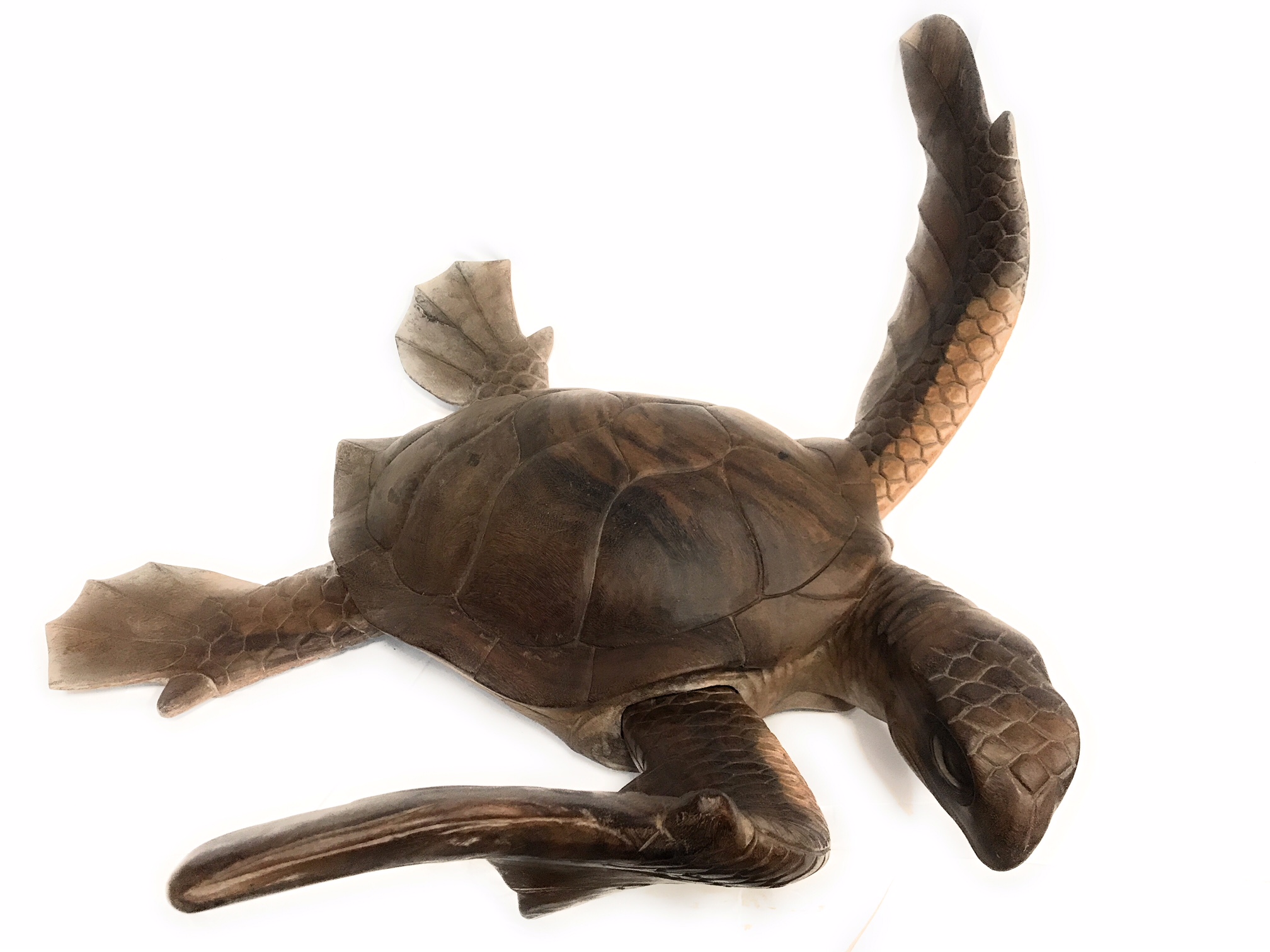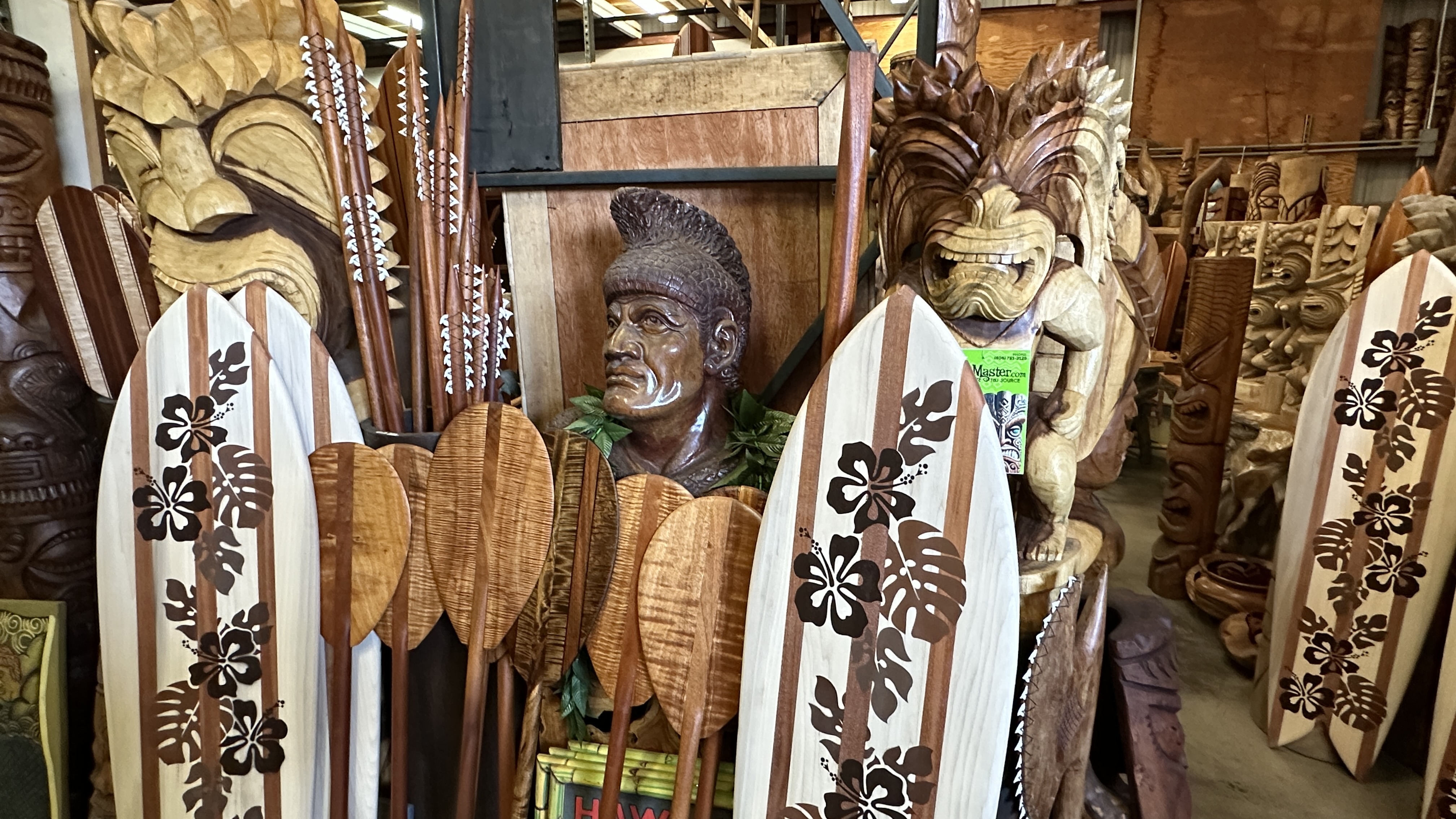Hawaiian Tiki God Lono meaning Kane meaning Ku meaning Kanaloa meaning Akua Kai meaning Kuka ilimoku meaning Pele meaning

Each Tiki god represents different aspects of life and nature. From Lono, the god of fertility and peace, to Pele, the fiery goddess of volcanoes, these deities embody the forces that shape the islands. Understanding their meanings offers insight into Hawaiian culture and beliefs.
Tiki carvings, often seen in art and rituals, symbolize these gods. They serve as a bridge between the physical and spiritual realms. Exploring the meanings of these gods reveals the rich heritage of Hawaii.
The Roots of Hawaiian Mythology and Tiki Gods
The Tiki gods play a central role in these stories. They represent the forces of nature and aspects of human life. Each god embodies specific qualities, such as strength, fertility, or creation. This rich tapestry of deities shows the interconnectedness of people and nature.

The gods are woven into the daily life of ancient Hawaiians. They were invoked in rituals, ceremonies, and festivals for guidance and protection. Chants and oral traditions helped pass these sacred stories through generations.
Some key features of
- Deep reverence for nature
- Polytheistic structure with numerous deities
- Strong connection between gods and natural elements
- Emphasis on harmony between humans and the environment
The Tiki gods remain significant in Hawaii, teaching lessons about life and existence.
Lono Meaning : God of Fertility, Peace, and Agriculture
Lono is a prominent figure in

Lono is celebrated during the Makahiki festival, a time of peace and harvest. This festival showcases his role as a symbol of prosperity and abundance. For months, wars and conflicts cease, and people focus on festivities and games.
Lono is also associated with music and peace, bringing harmony to the land. His influence extends beyond agriculture. He also embodies creativity and joy, reflecting the positive aspects of life in the islands.
Key aspects of Lono's influence include:
- Fertility of the land and people
- Bringing rain for crops
- Spreading peace and joy
- Promoting music and artistic expression
Understanding the significance of Lono provides insight into Hawaiian values of abundance, peace, and harmony with nature. His legacy continues to inspire Hawaiians and visitors alike.
Kane Meaning : Creator and Life-Giver
Kane is revered as one of the four major deities in
Kane is often depicted as the ancestor of all living things. He is believed to have created the sky, earth, and everything in between. His influence stretches across various aspects of existence, symbolizing life and vitality.

This god is frequently honored in rituals to ensure the wellbeing of people and the land. His role as a life-giver emphasizes his importance in sustaining both nature and humanity. Kane's presence is a reminder of the interconnectedness of life.
Key attributes and roles of Kane include:
- Creation of the universe and life
- Association with sunlight and warmth
- A symbol of growth and prosperity
- Ancestral link to chiefs and commoners
Recognizing Kane's significance offers insights into how ancient Hawaiians viewed creation and life. His legacy highlights the reverence for natural forces and ancestral connections.
Ku Meaning : God of War and Strength
Ku stands as a formidable figure within
Apart from his warlike nature, Ku is also a god of prosperity. He is called upon for strength in different ventures, ensuring success and abundance. His influence spans over the realms of both battle and peace.

Ku's formidable persona is reflected in his many depictions. He’s often depicted with powerful features, resonating with authority and resilience. His connection to the physical aspects of life highlights the importance of endurance and courage.
Key attributes and roles of Ku include:
- Protector and warrior god
- Associated with success and wealth
- Symbol of discipline and vigor
- Invoked for guidance in challenges
Understanding Ku offers a glimpse into the martial spirit valued in Hawaiian society. His attributes of strength and perseverance continue to inspire those who seek courage and determination.
Kanaloa Meaning : God of the Ocean and Healing
Kanaloa is revered as the Hawaiian god of the ocean. His domain extends across seas and tides, embodying mysteries and the unknown. Kanaloa symbolizes depths and the expansive nature of the sea.
Known for his dual role, Kanaloa is also associated with healing and health. Hawaiians often look to him for guidance in matters of medicine and physical well-being. His influence extends to spiritual balance and the restoration of harmony.

Often depicted alongside Kane, Kanaloa signifies balance and equilibrium within nature. Their partnership embodies the intricate blend of contrasting forces. Together, they represent the holistic connection between land and sea, creation and flow.
Key attributes of Kanaloa include:
- Patron of ocean navigation
- Protector of fishermen and voyagers
- Symbol of spiritual and bodily healing
- Represents balance in nature
Kanaloa's presence in
Akua Kai Meaning : Guardian of Fishermen and the Sea
Akua Kai is a lesser-known yet significant deity in
Fishermen pay homage to Akua Kai for bountiful catches and guidance. The deity's blessings are crucial for secure voyages on the unpredictable ocean. Akua Kai's favor is believed to offer both abundance and protection.

Important aspects of Akua Kai include:
- Guardian of fishermen
- Patron of sea voyages
- Source of plentiful fish
- Ensures safety on the sea
Through reverence for Akua Kai, Hawaiians maintain a deep respect for the ocean's gifts and dangers. This connection highlights the value placed on harmony with the sea.
Kuka ilimoku Meaning : The Fierce War God
In
Kuka ilimoku is often depicted as a protector who exudes ferocity. The god played a pivotal role in Hawaiian history, particularly in warfare and political dominion. His fierce presence is evoked in matters of military might and strategic success.

Key attributes of Kuka ilimoku include:
- Protector in battle
- Associated with King Kamehameha I
- Symbol of unification
- Represents strategic power
The legacy of Kuka ilimoku reinforces Hawaiian cultural narratives of power and resilience. His worship underscores the strategic elements vital to Hawaii’s historical fabric.
Pele Meaning : Goddess of Fire and Volcanoes
Pele, a revered goddess in

Her stories fill Hawaiian legends, capturing her dramatic and unpredictable spirit. Pele’s anger and power are manifested through eruptions, serving as symbols of creation and destruction. Her influence extends beyond myth, deeply ingraining itself within Hawaii's geographical identity.
Essential attributes of Pele include:
- Ruler of fire and volcanoes
- Resides in the Kilauea volcano
- Represents passion and creation
- Drives natural events like eruptions
Pele’s narrative highlights the profound connection between Hawaiians and their environment. She serves both as a potent spiritual force and a natural phenomenon, illustrating the intertwined relationship between myth and reality. Her legacy continues to shape cultural expressions and beliefs today.
Tiki Carving and the Symbolism of Tiki Idols
Tiki carvings are iconic representations of

The craft of
Essential elements of tiki carvings include:
- Representation of specific Hawaiian gods
- Use in cultural and religious rituals
- Connection to spiritual beliefs
- Displays artistic skill and tradition
The uniqueness of each
Hawaiian Tiki Gods in Modern Culture and Traditions
Hawaiian tiki gods hold a significant place in modern cultural expressions and traditions. Their influence is visible in art, music, and even tattoos, reflecting Hawaii’s deep-rooted spirituality. These gods symbolize aspects of life that remain relevant in contemporary society.
Today, representations of tiki gods are often celebrated at festivals and cultural events. They serve as reminders of a rich heritage that continues to shape Hawaiian identity. Contemporary practices involving tiki gods include:
- Depictions in traditional hula performances
- Inspiration in visual arts and crafts
- Presence in cultural storytelling and music
These deities bridge the past with the present, highlighting the importance of maintaining cultural continuity and enriching Hawaiian cultural pride.
Preserving the Legacy of Hawaiian Deities
Preserving the legacy of
These traditions are enriched by cultural programs and workshops aimed at sharing knowledge about






